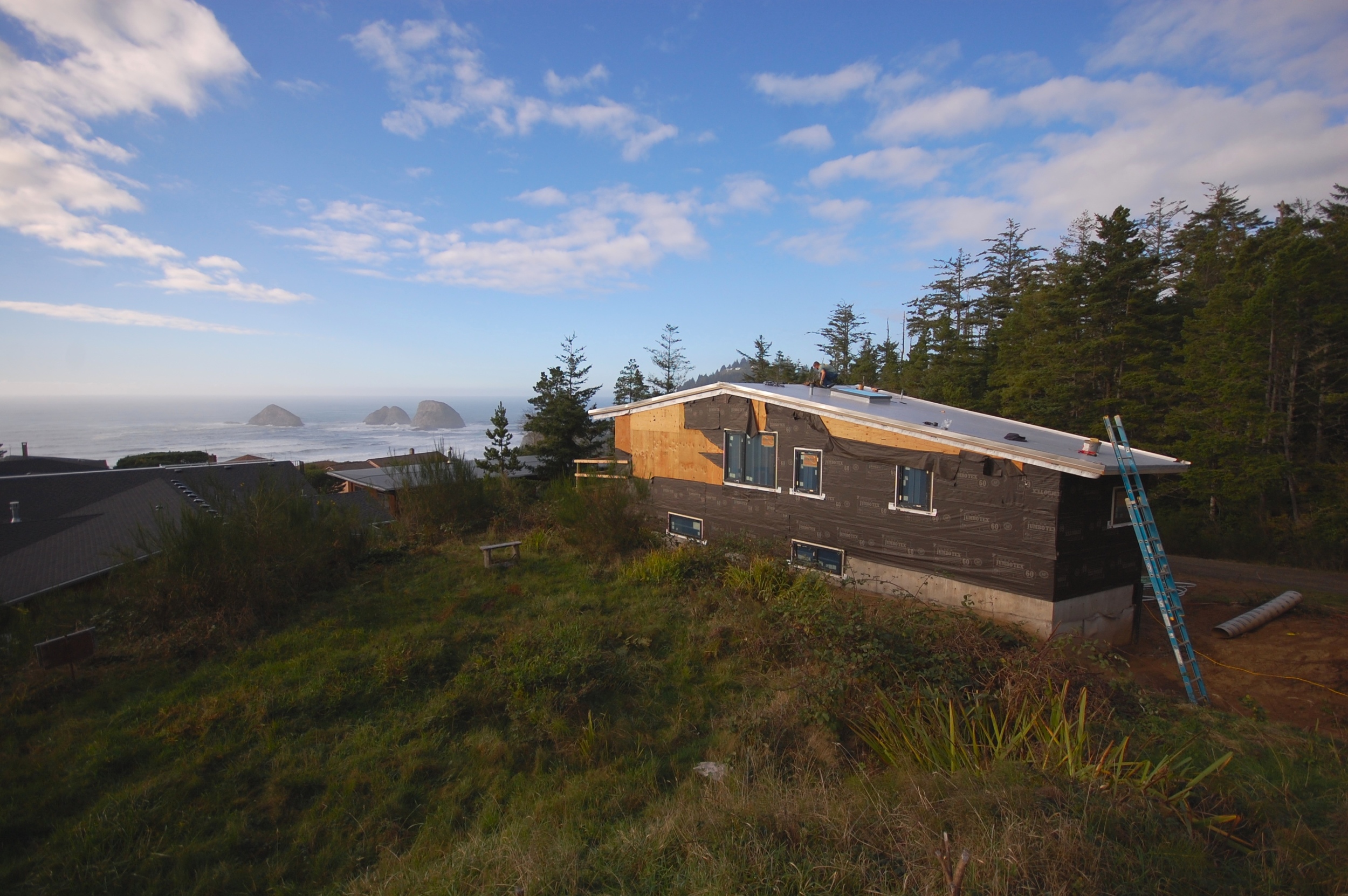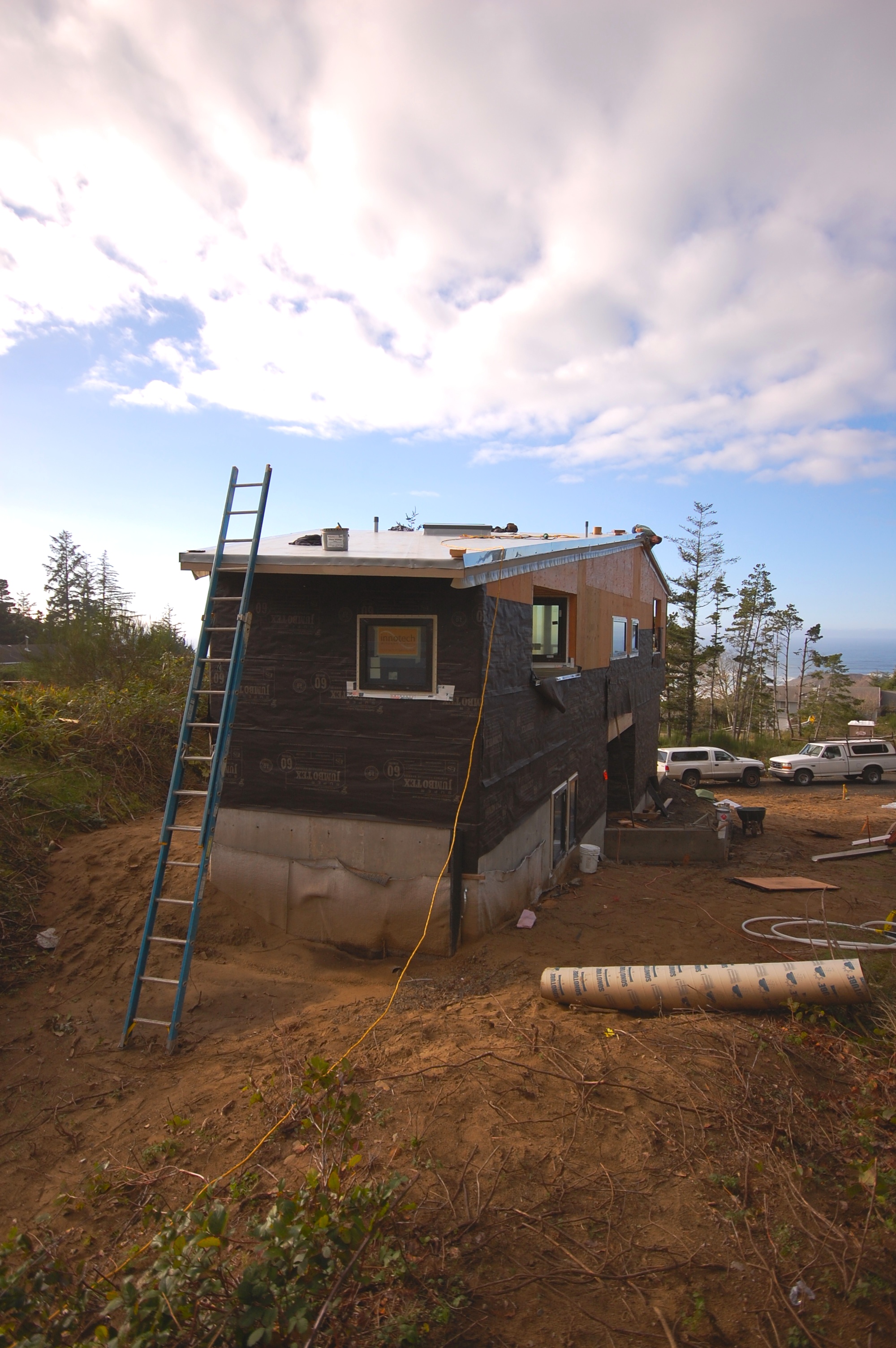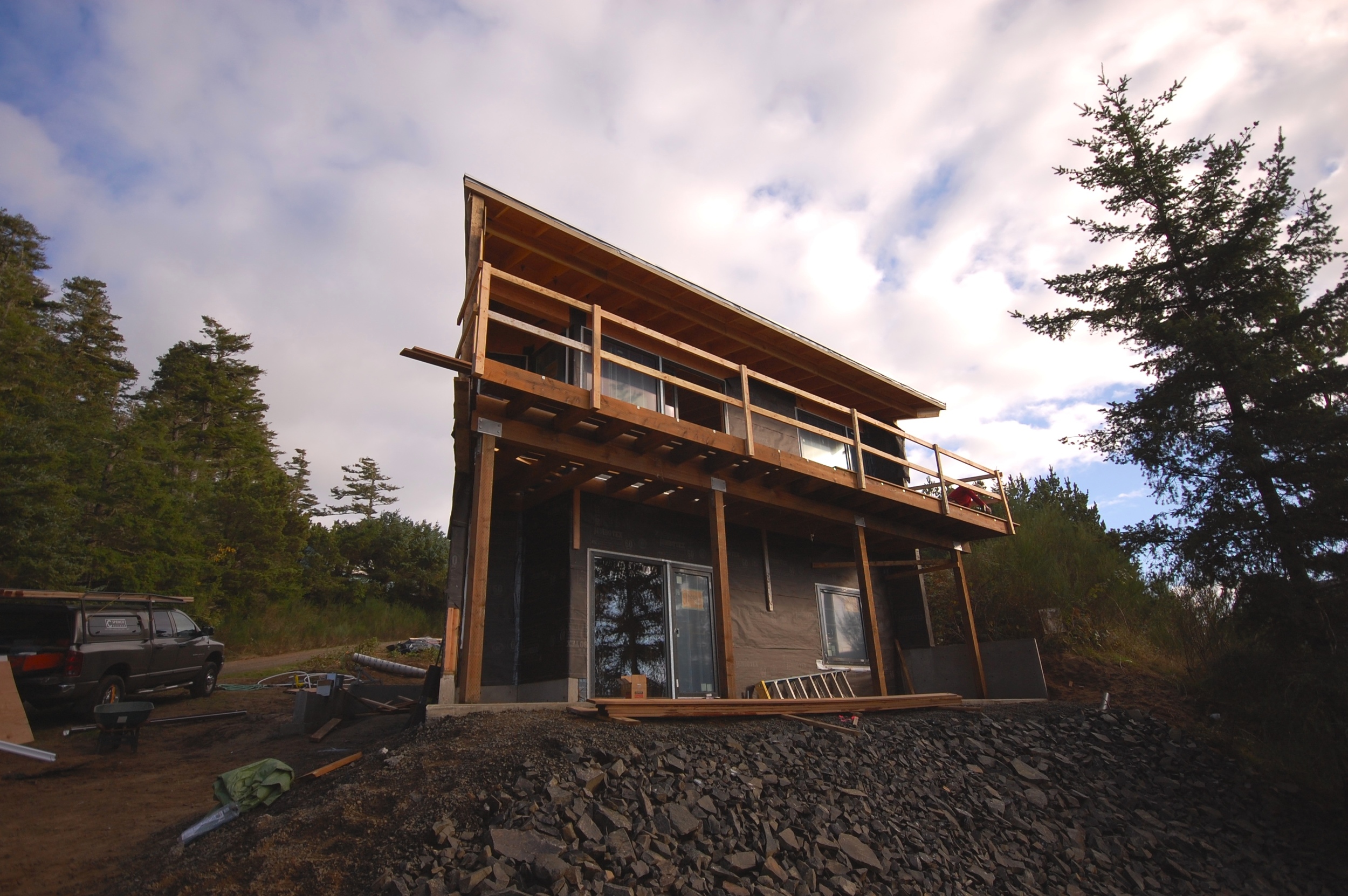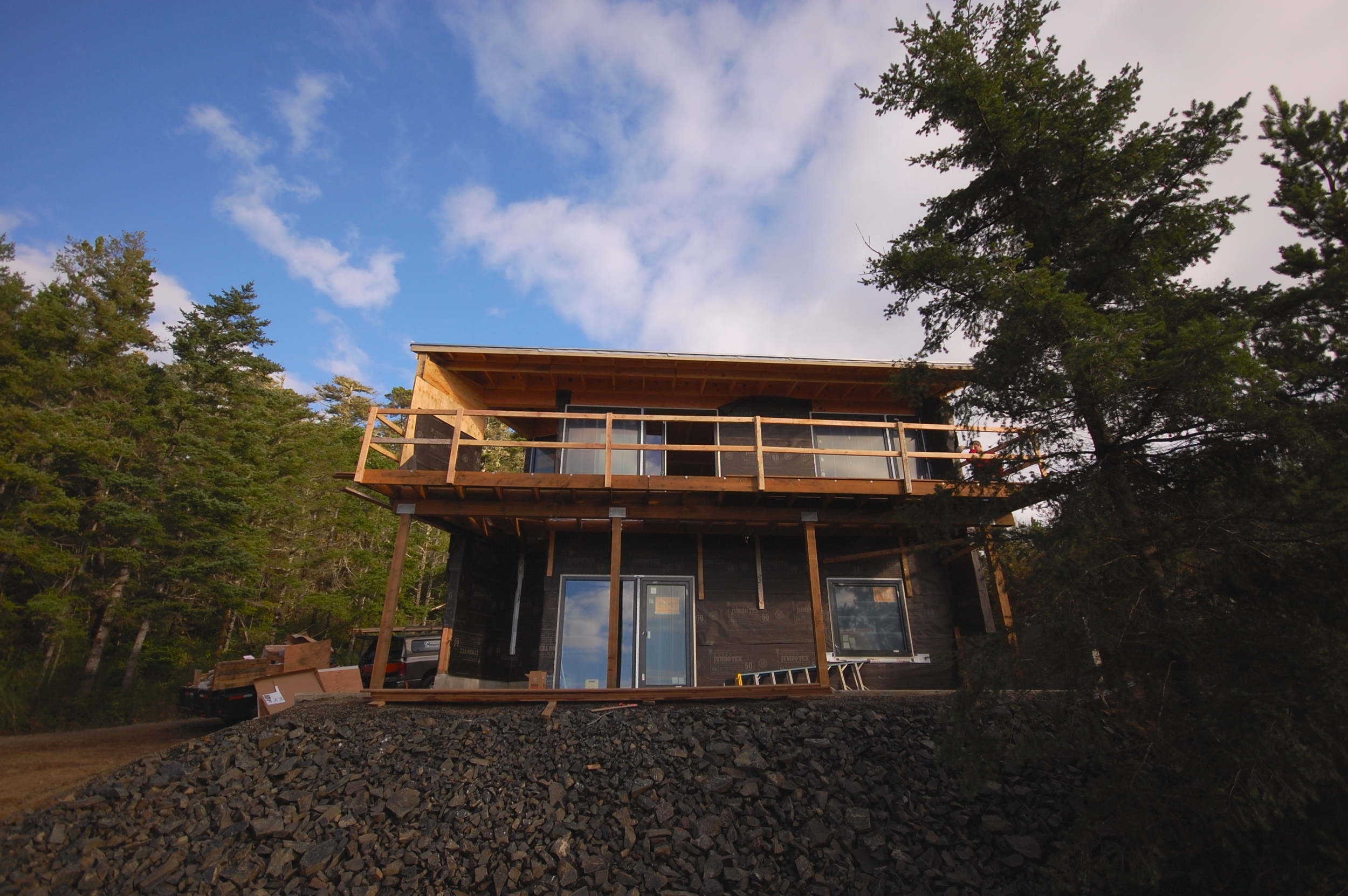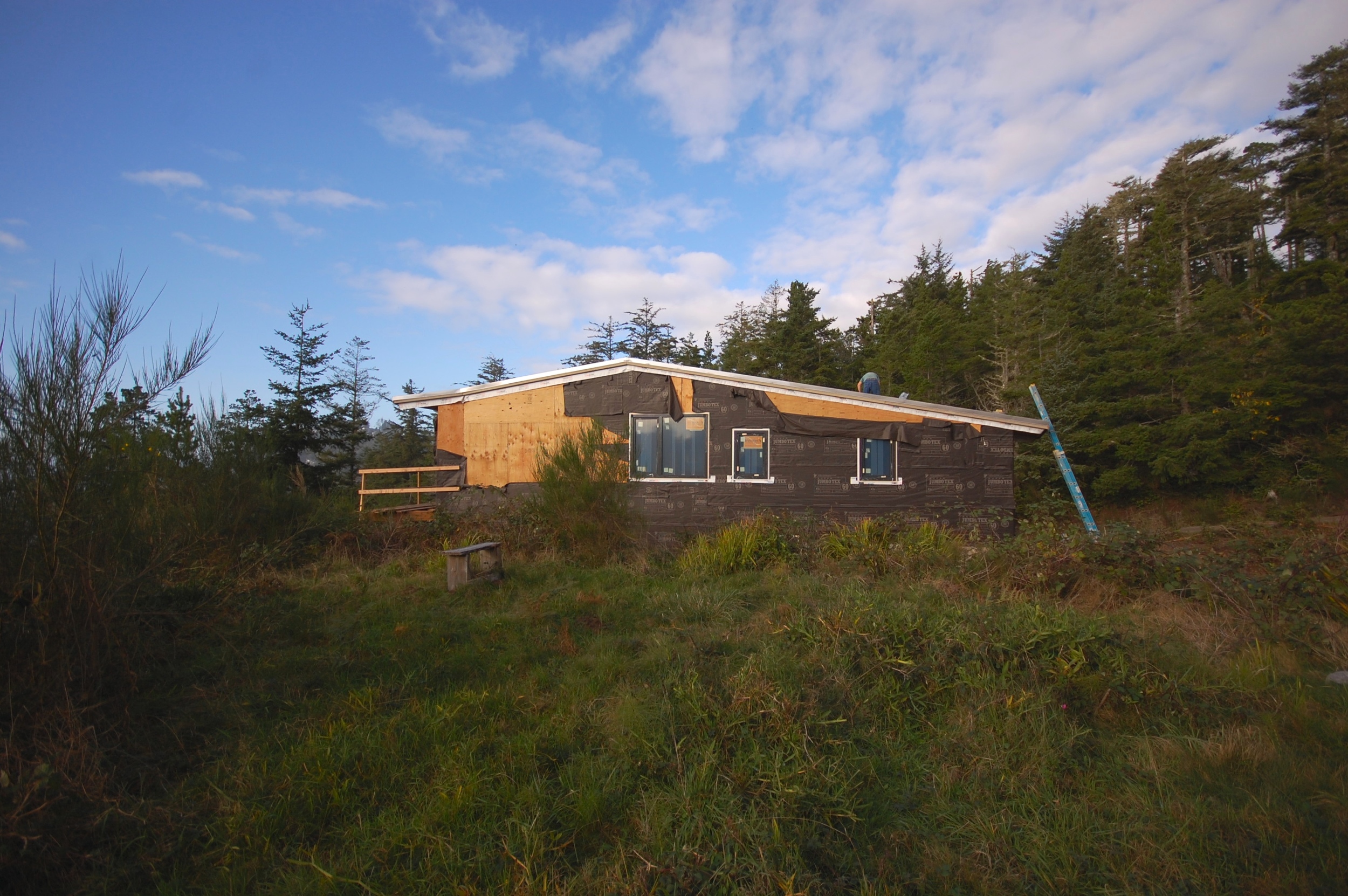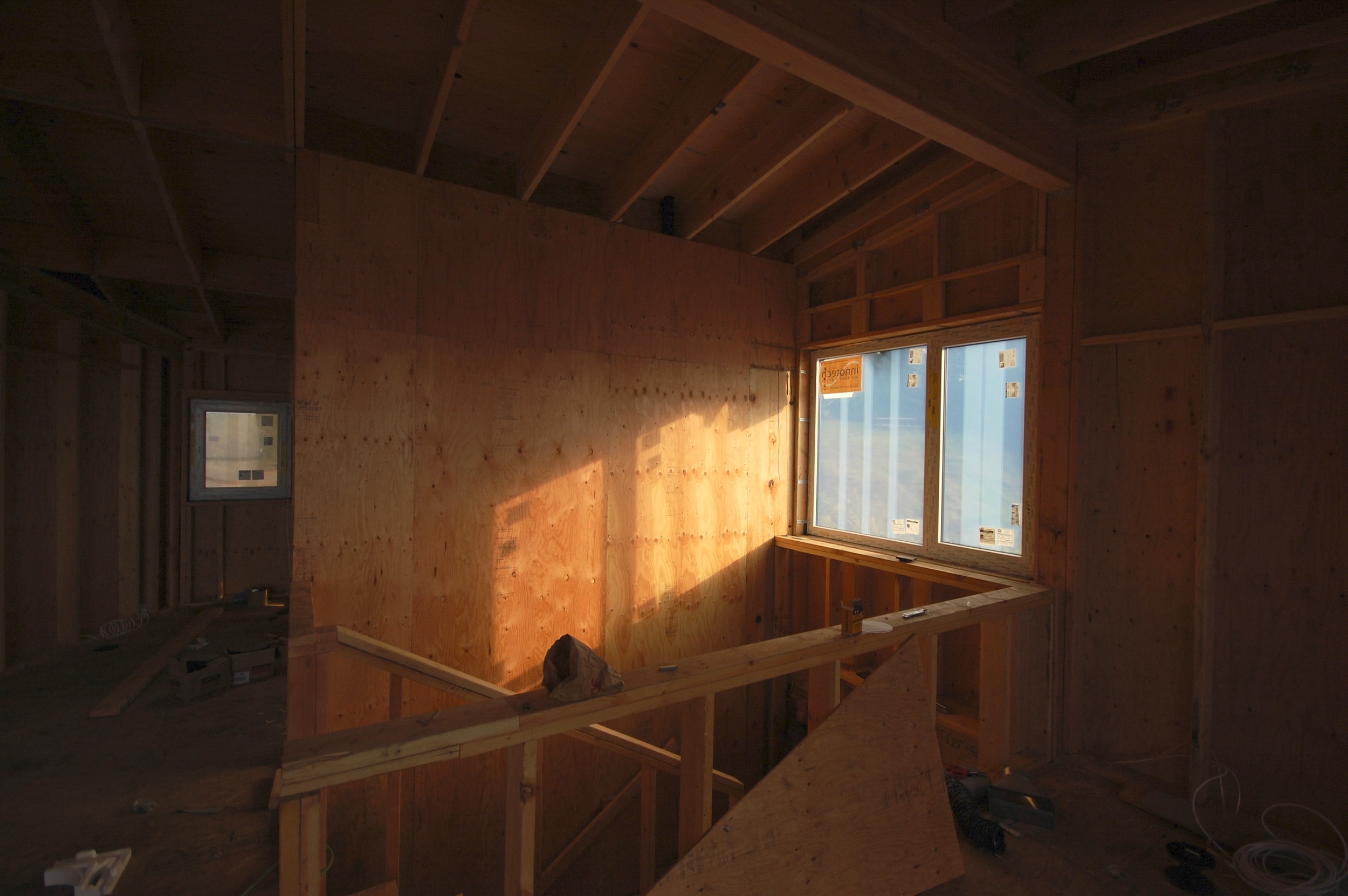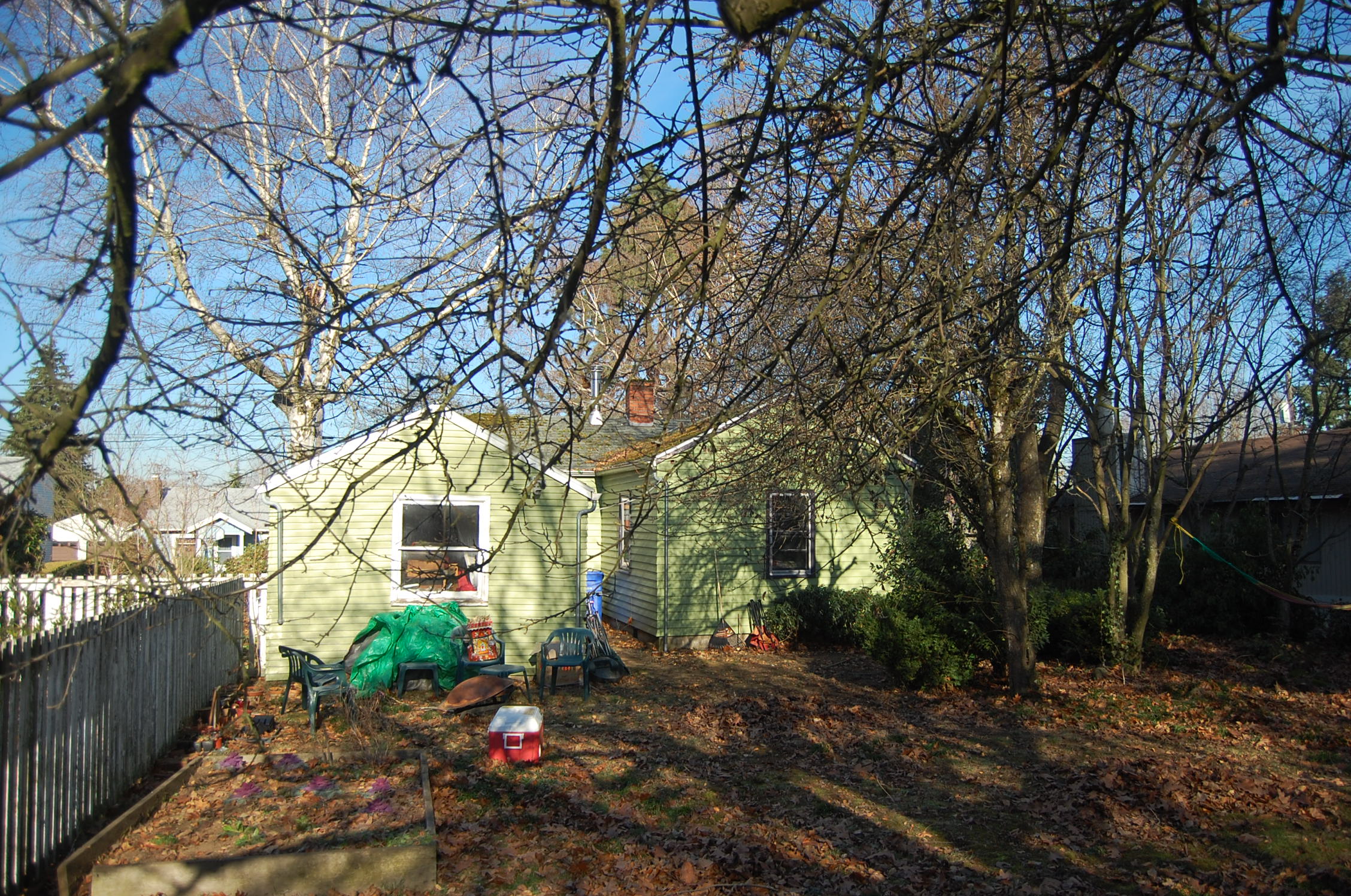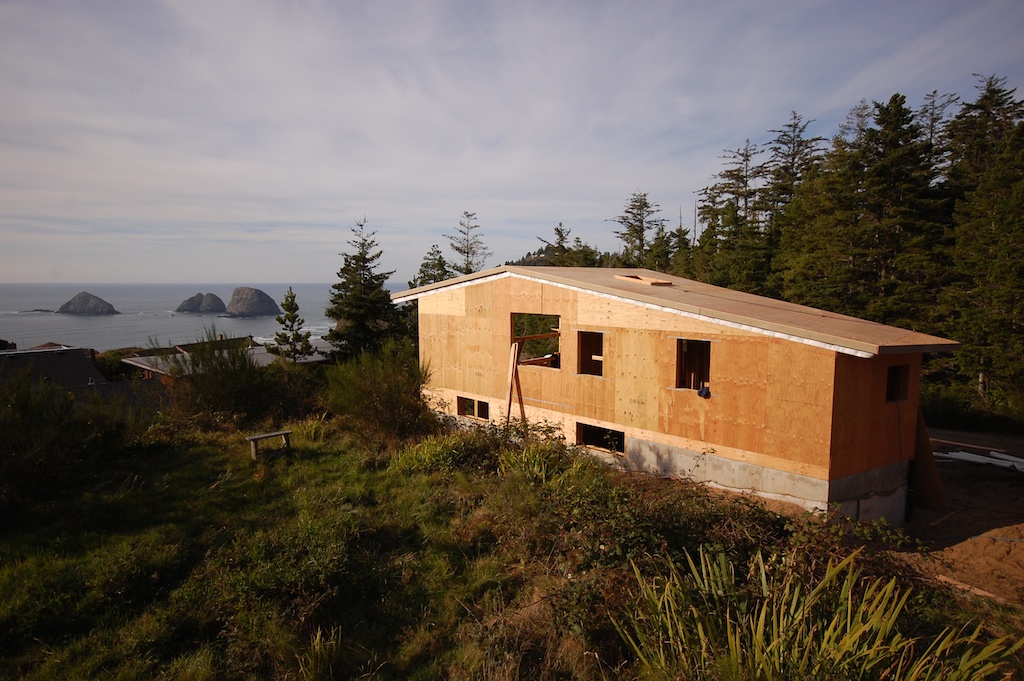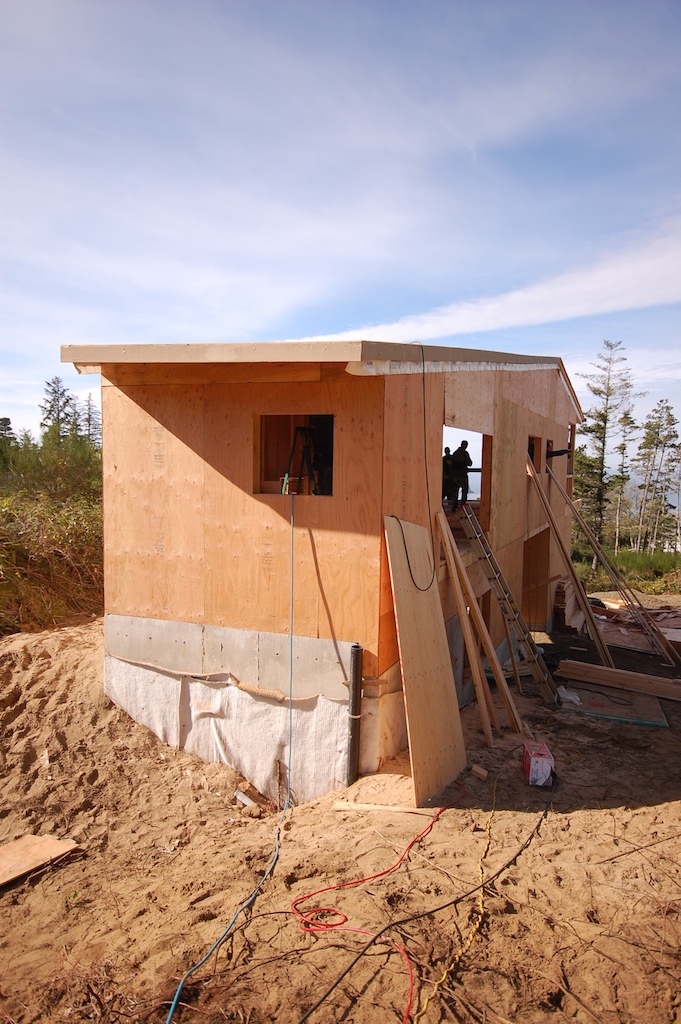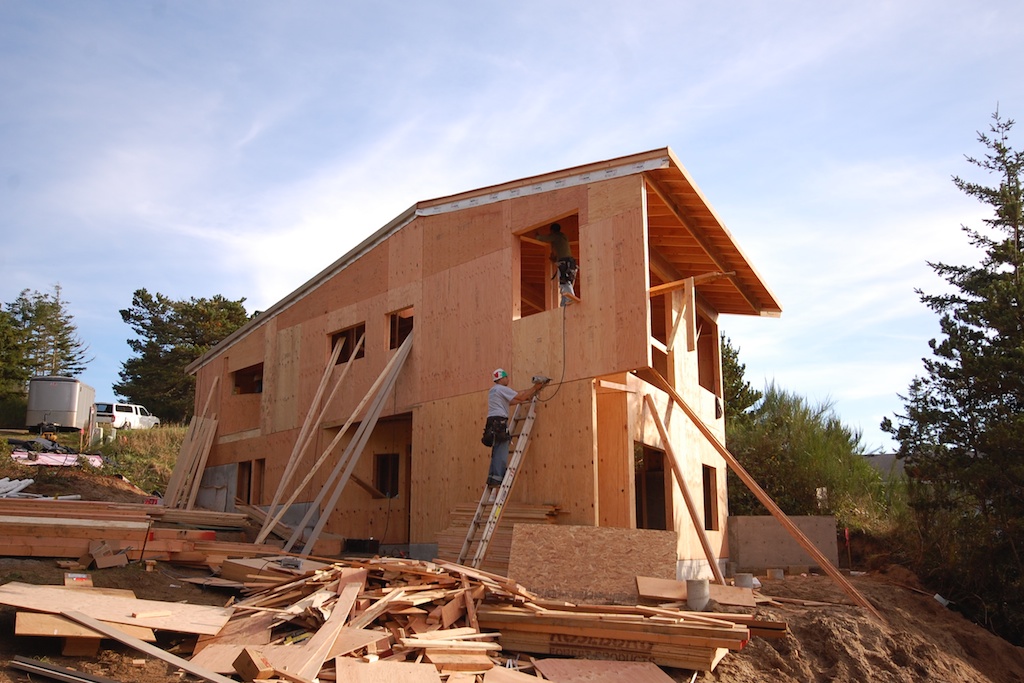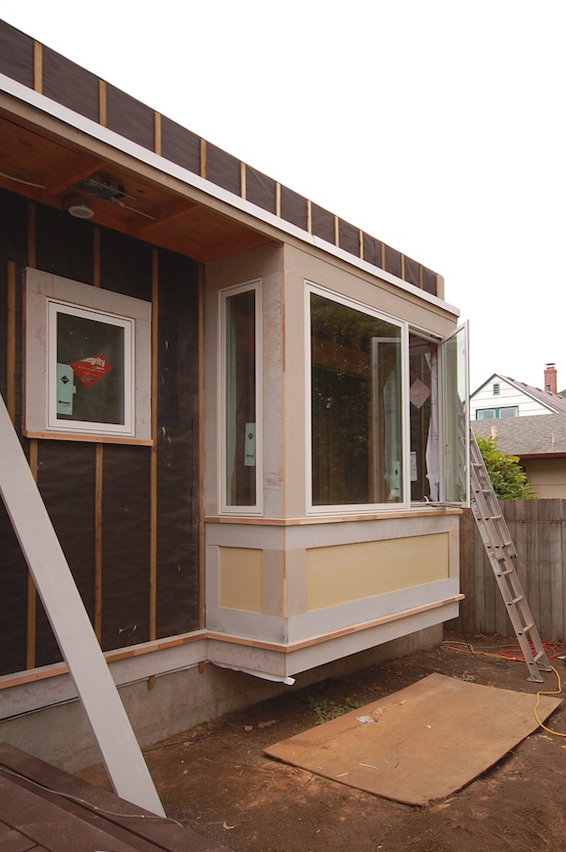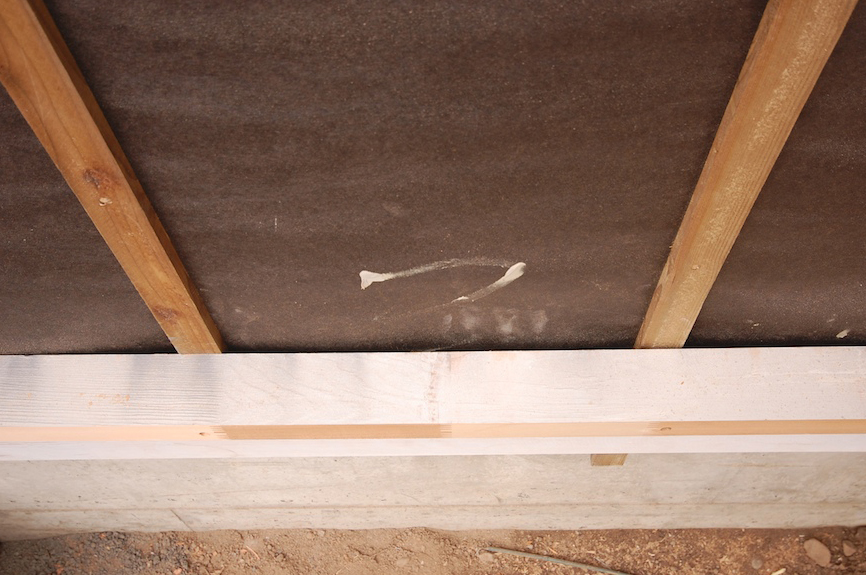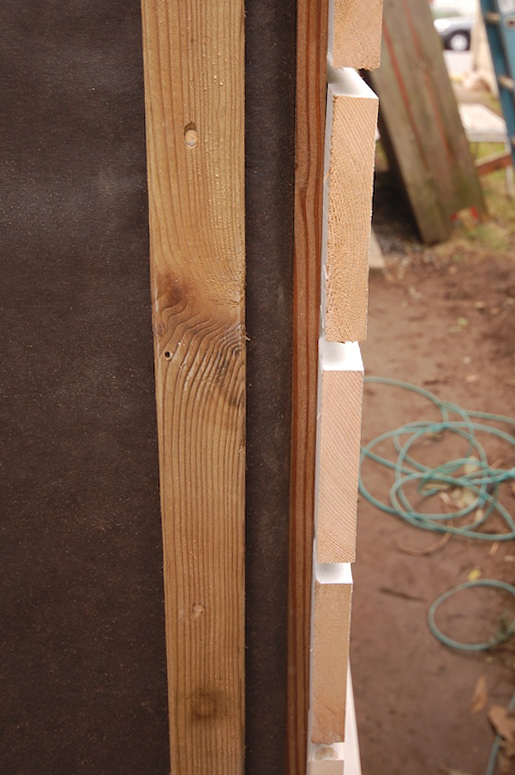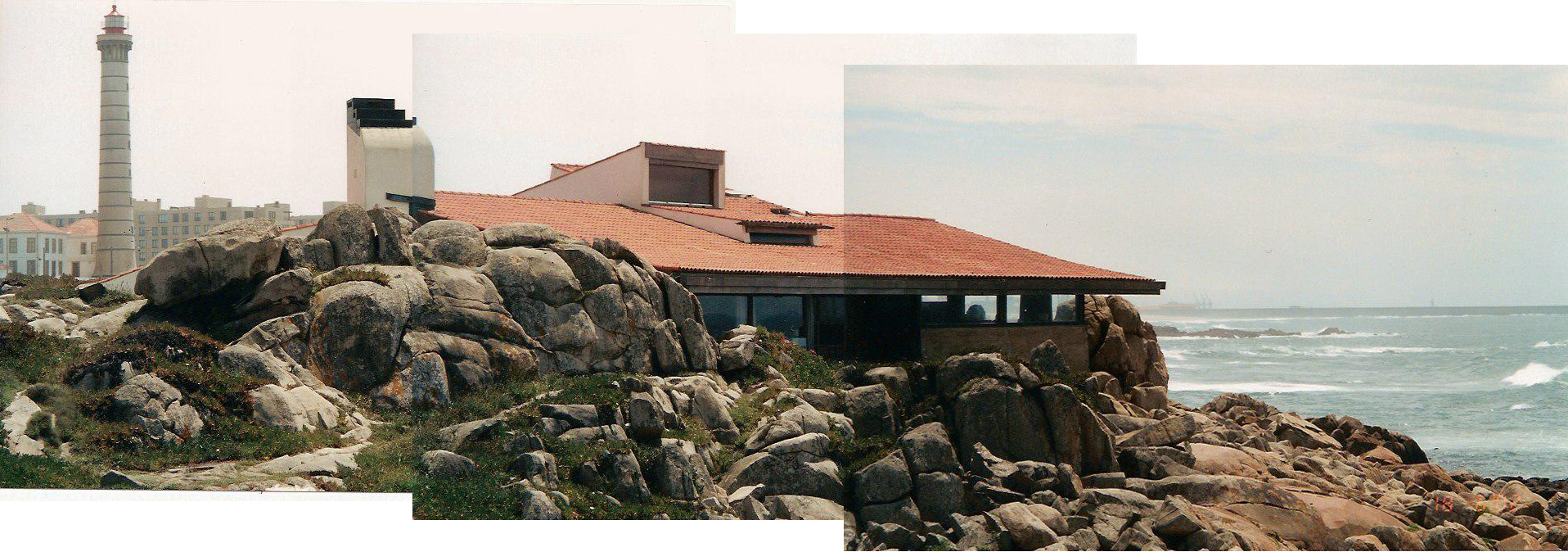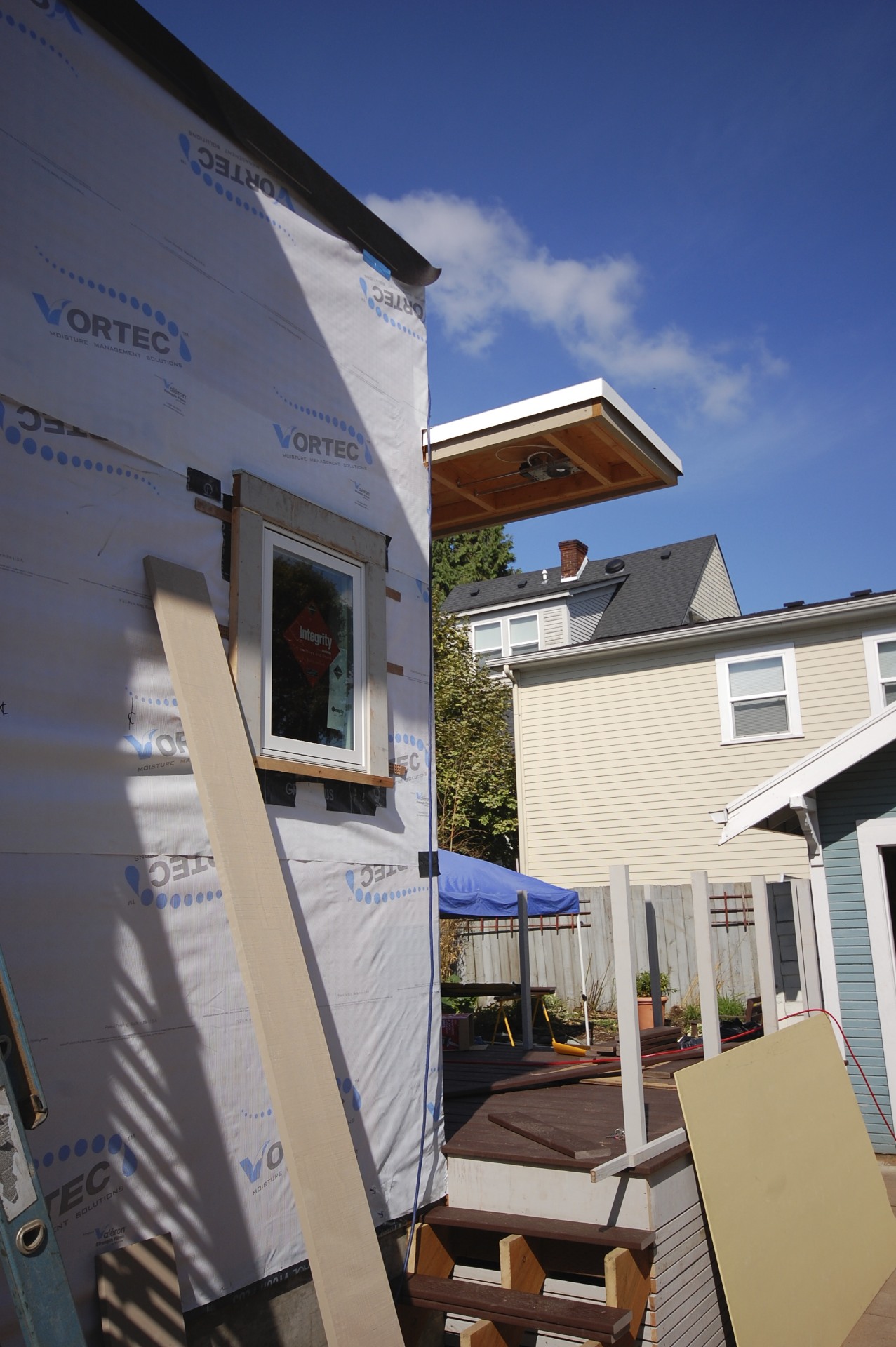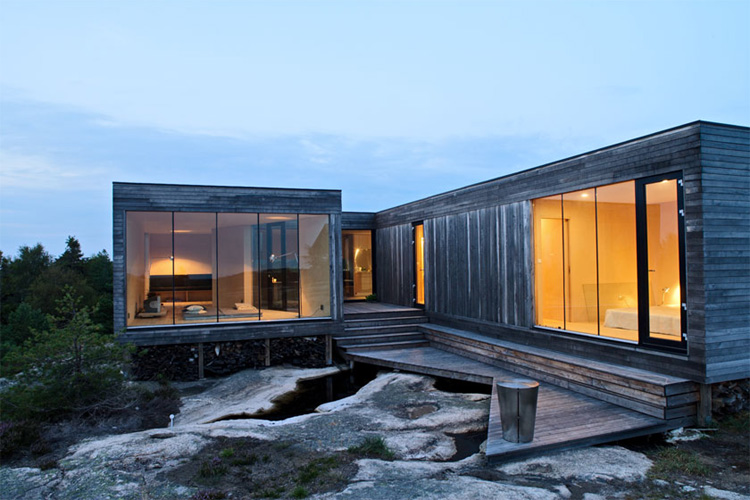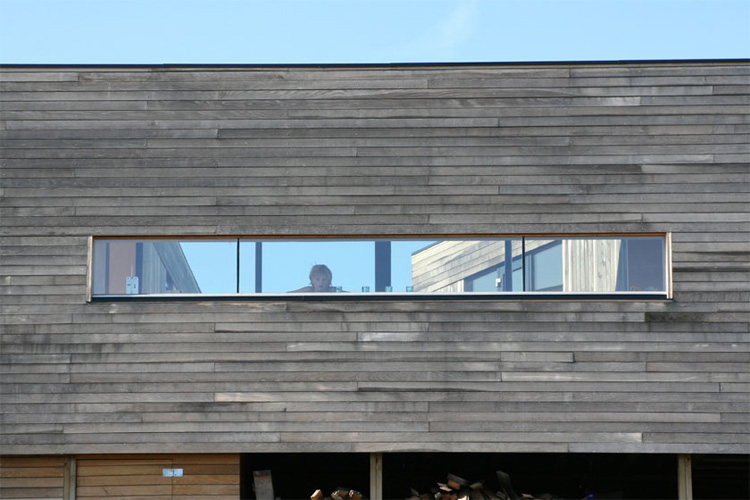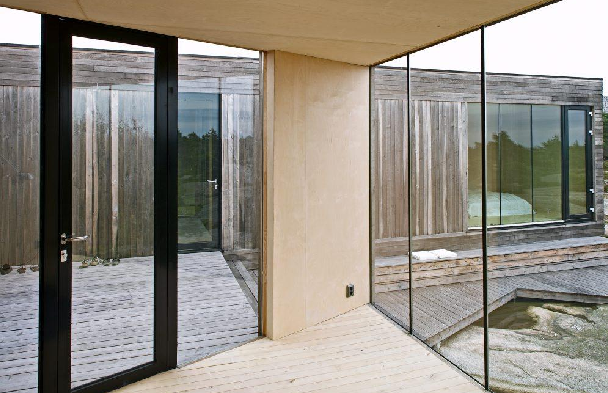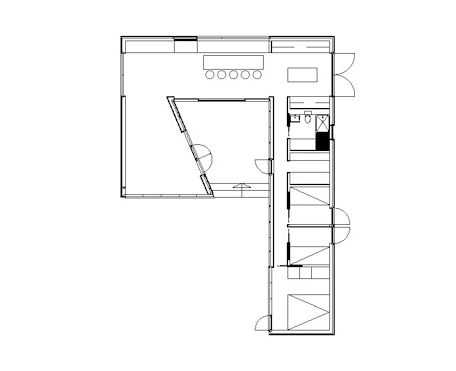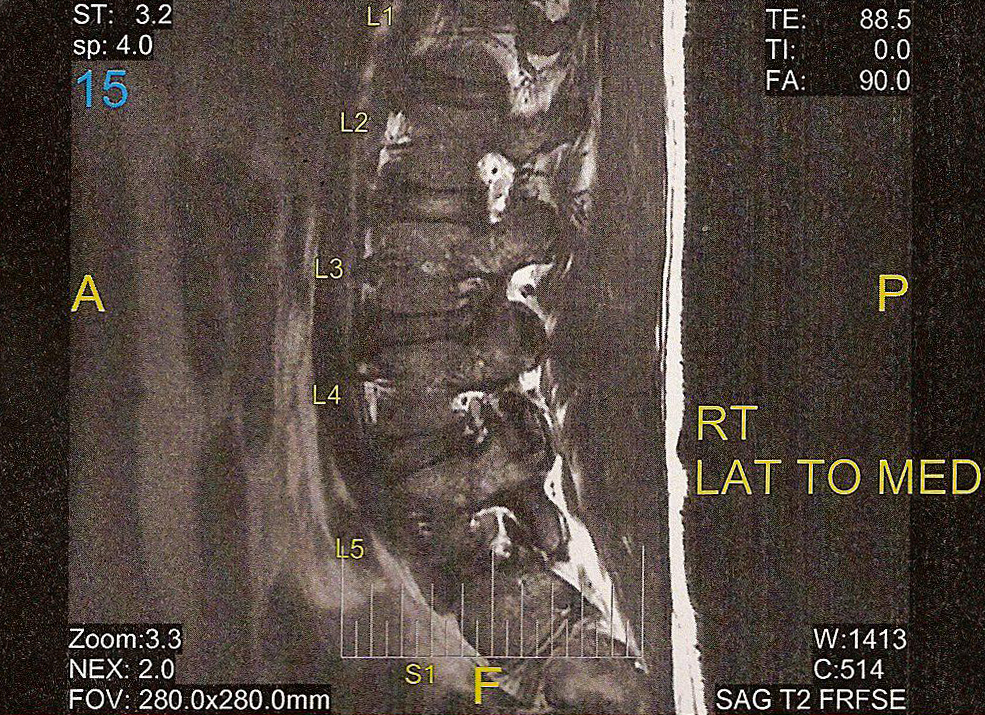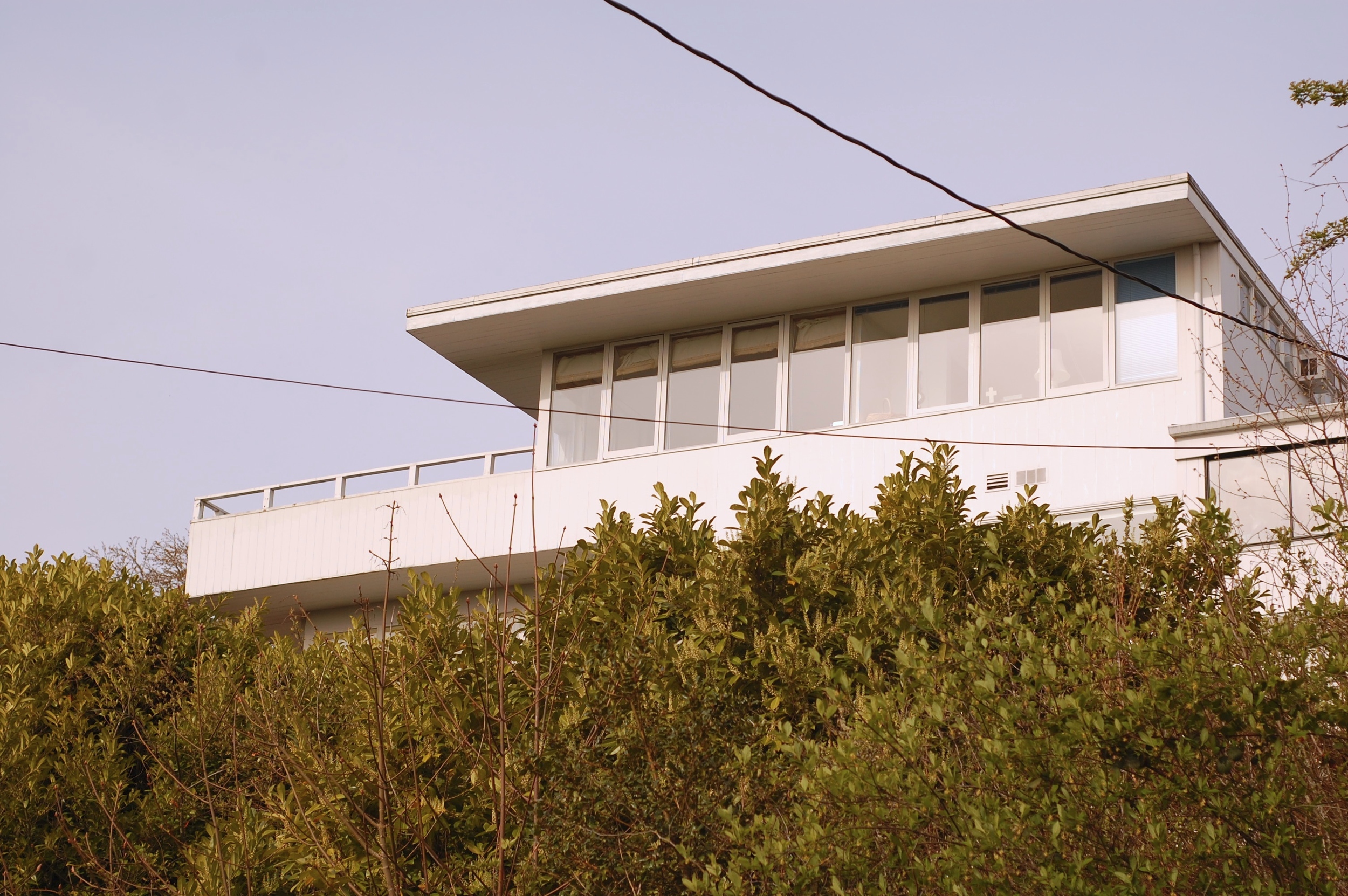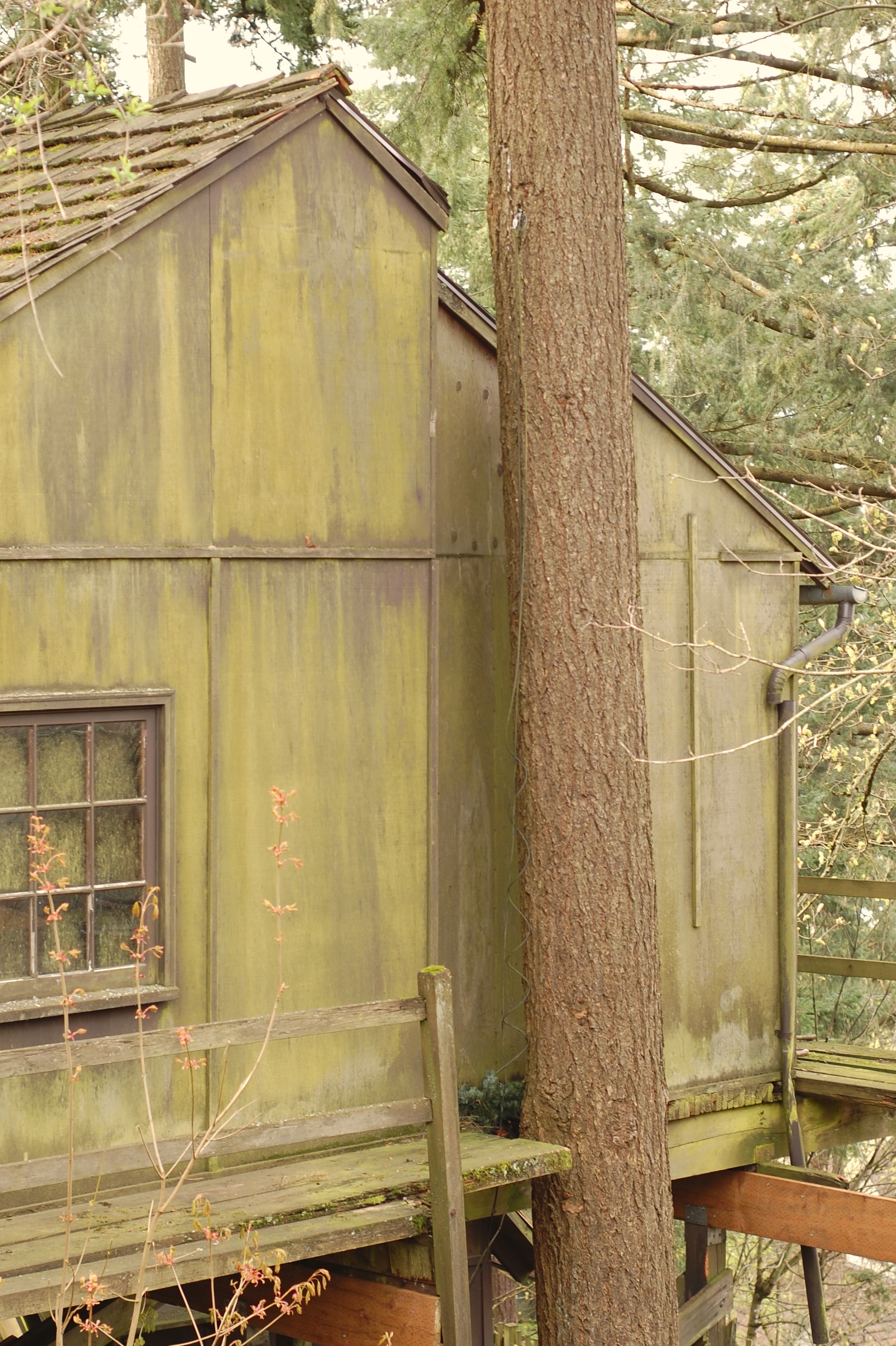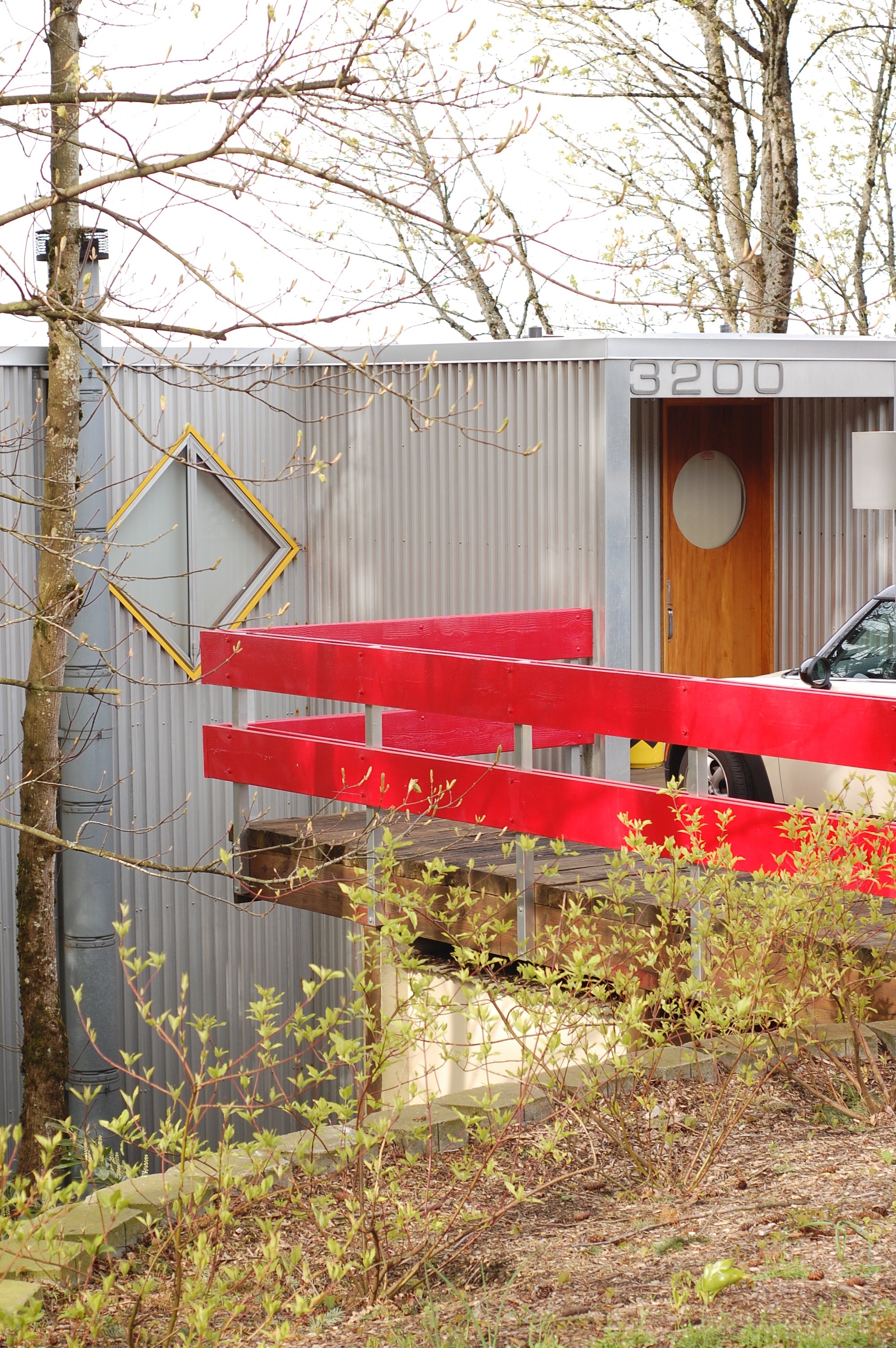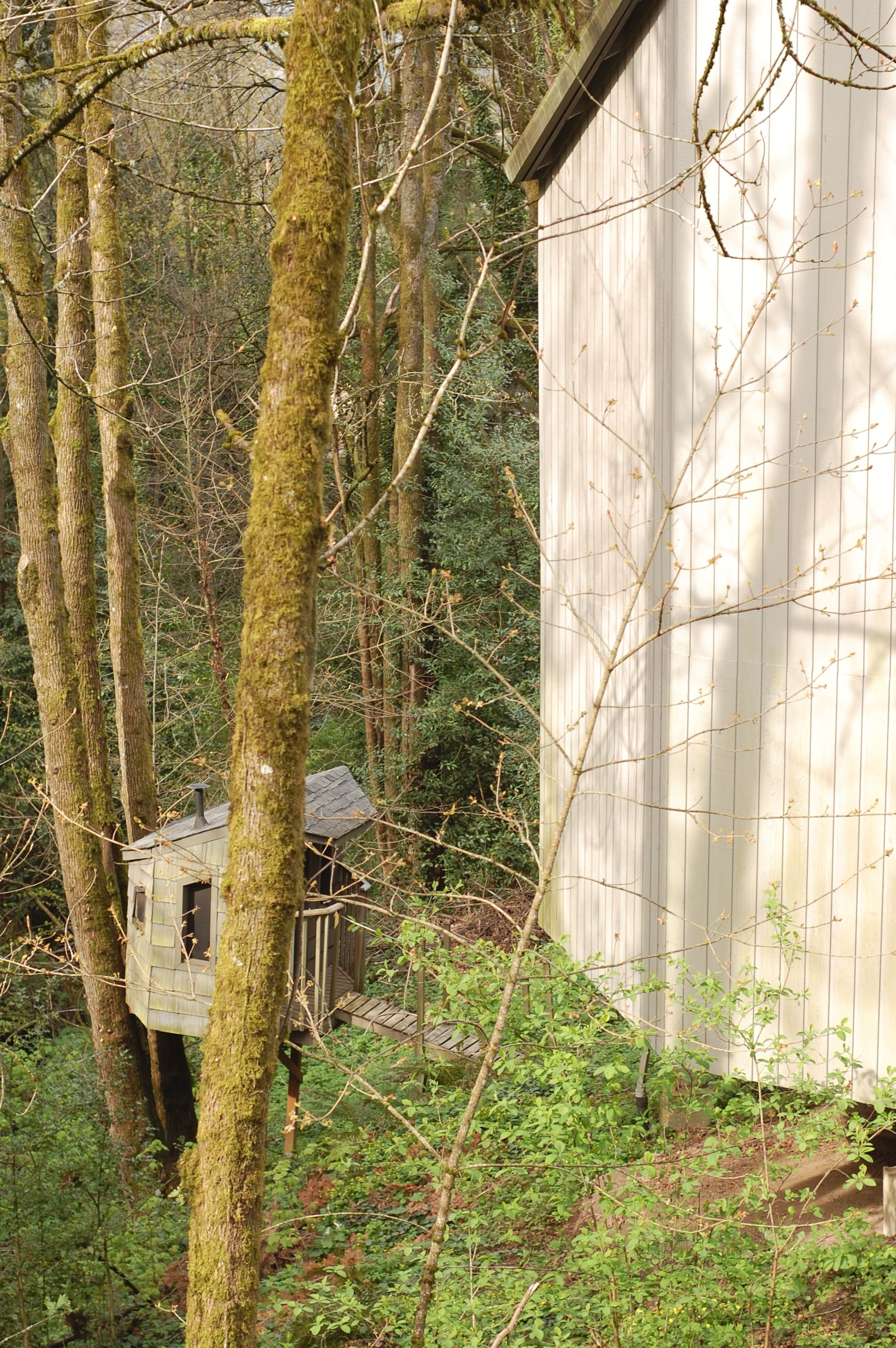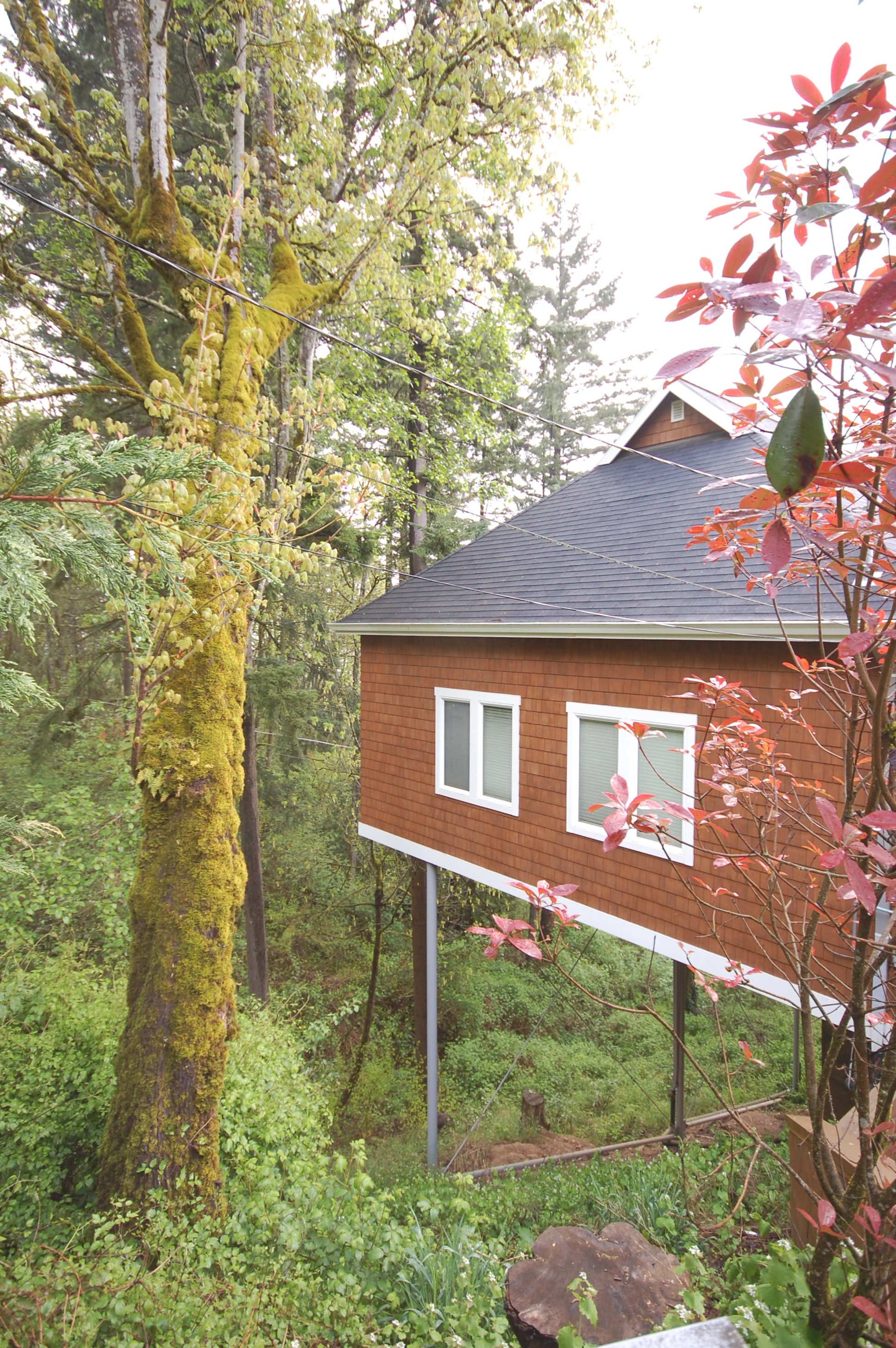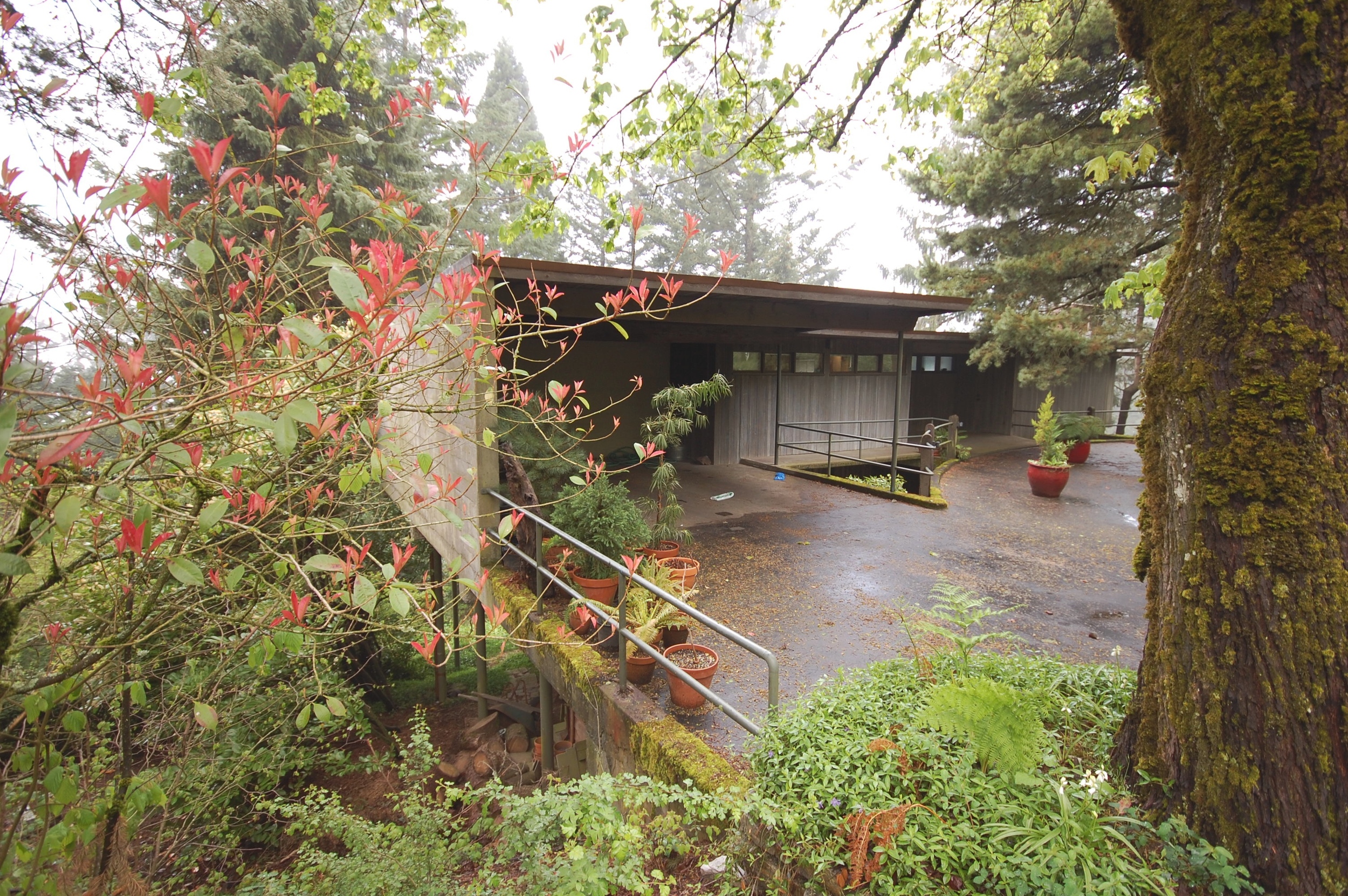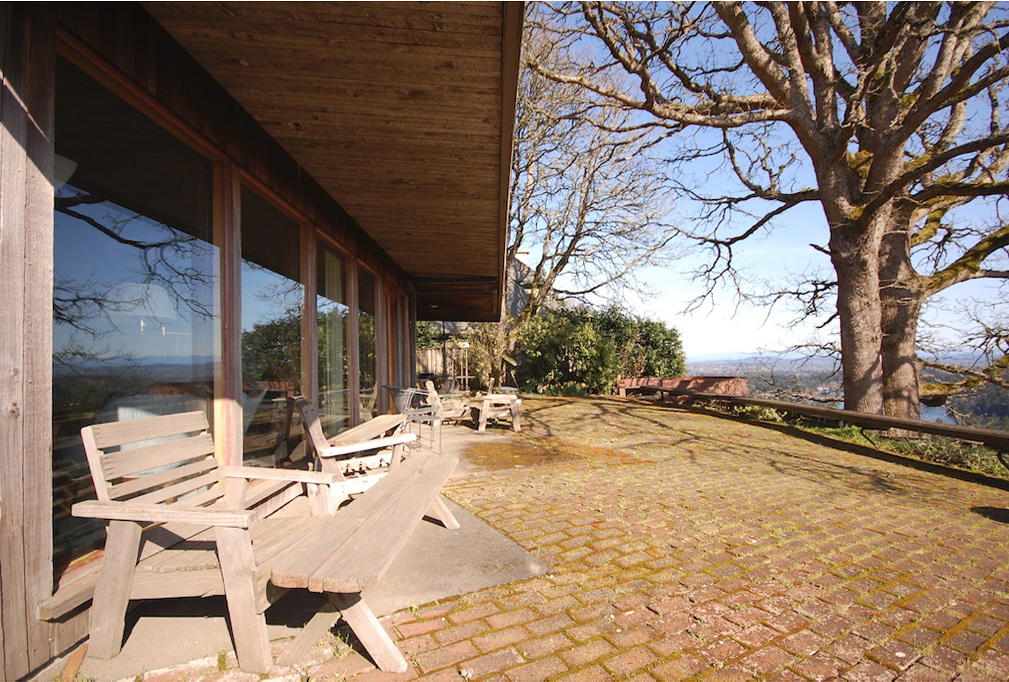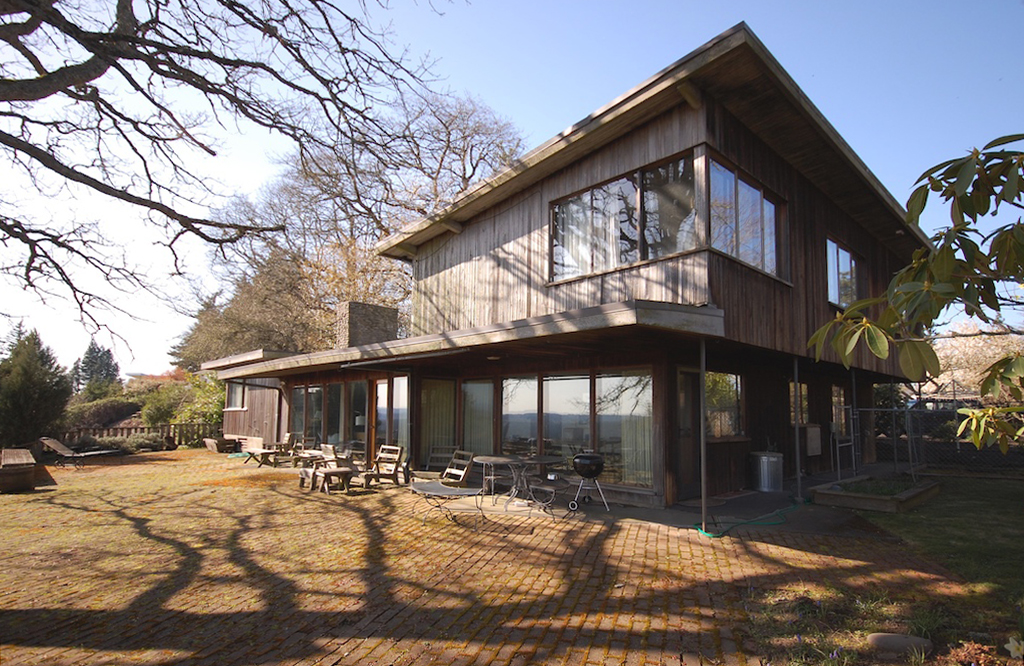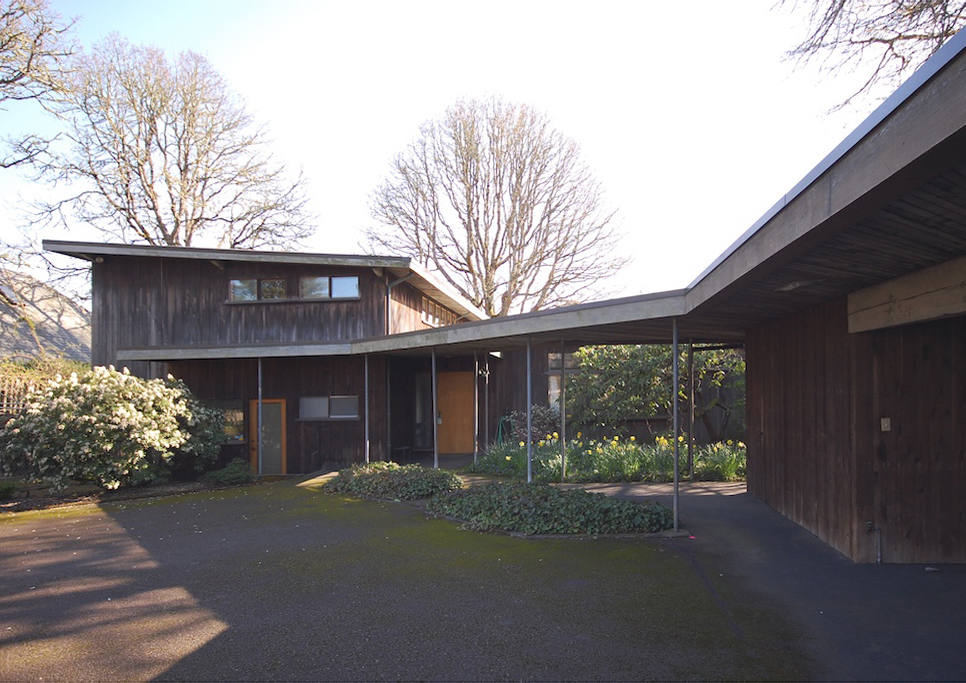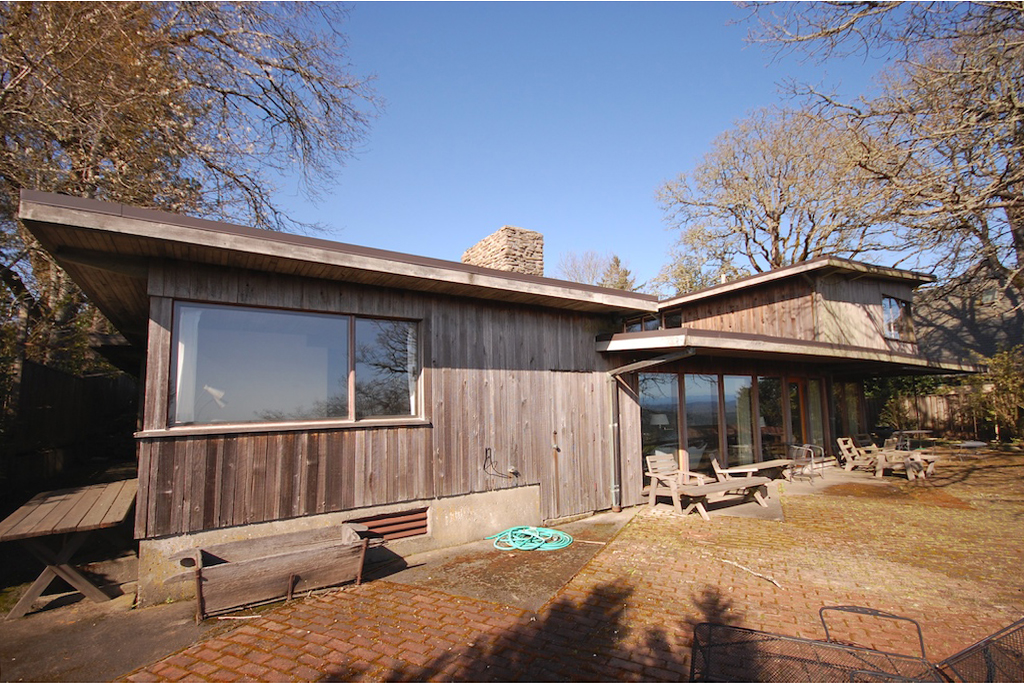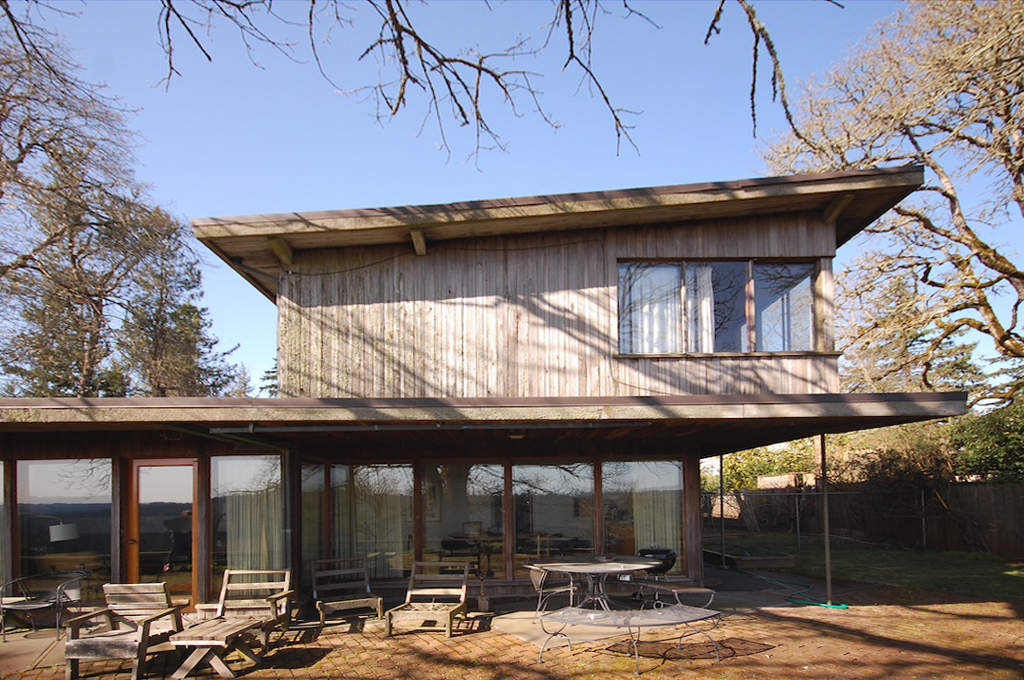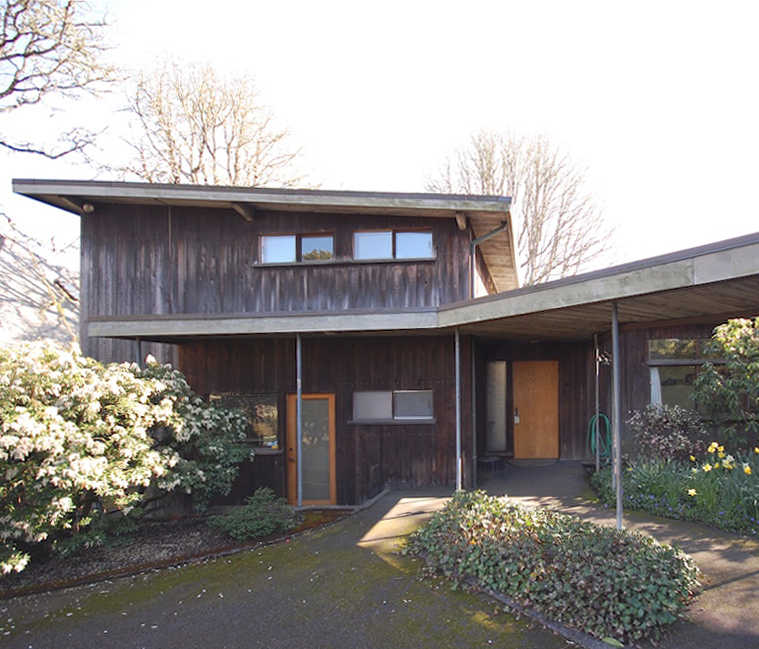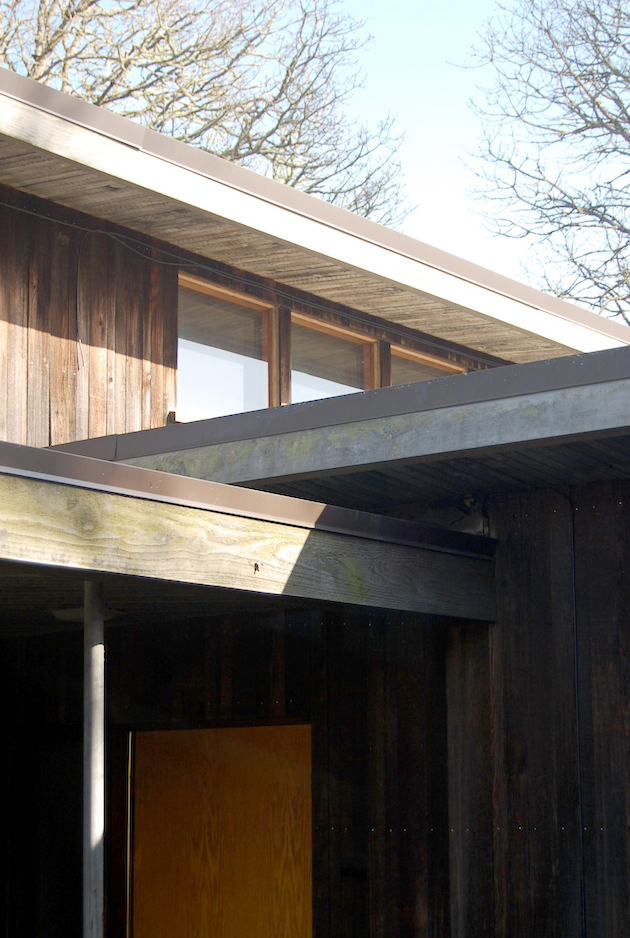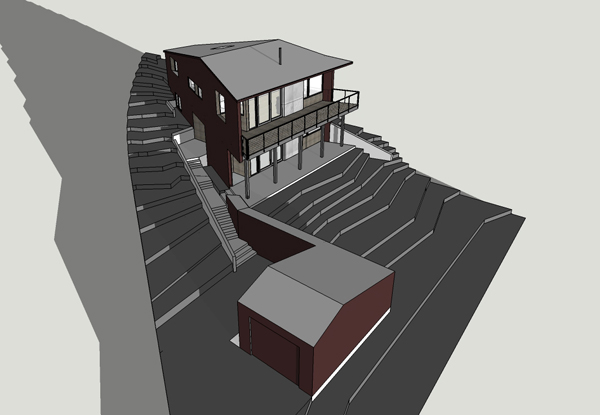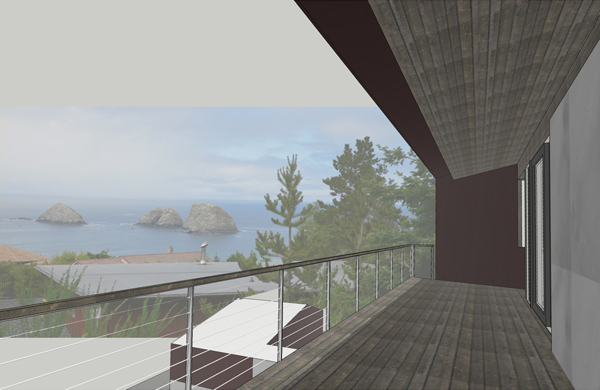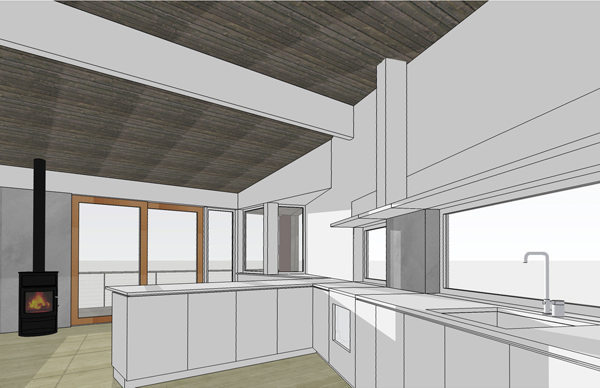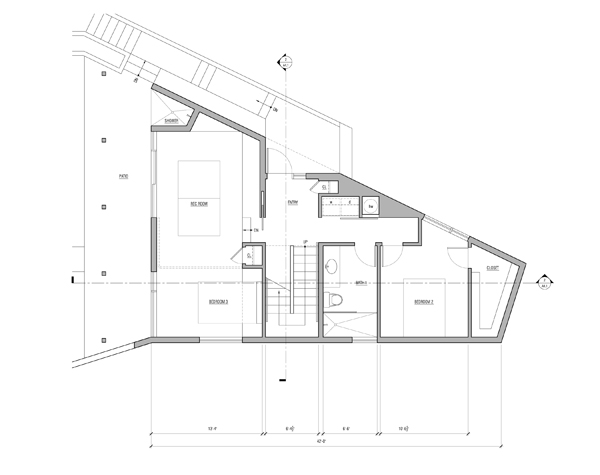Just after the first WW, Enrnst May, Frankfurt's city architect initiated an ambitious project to house millions of soldiers returning to Germany, as well as thousands of war widows.
May brought into his office a young but experienced Viennese architect, Grete Schütte-Lihotzky, to design a modern, rational, work kitchen.

frankfurt kitchen | 1927 | grete schütte-lihotzky
The kitchen's organizing principle is similar to that of the design of galleys in ships and trains of the era. Its tiny size reflected a desire for efficiency and to save room for the living spaces of the flat.

frankfurt kitchen | 1927 | grete schütte-lihotzky
The kitchen's innovative features included continuous work surfaces, a table for preparing food under a large window, storage bins with handles and spouts, an adjustable ceiling light, a movable stool, a concealed pass-through, drop-down ironing board, and cabinetry painted a deep blue to naturally repel flies.
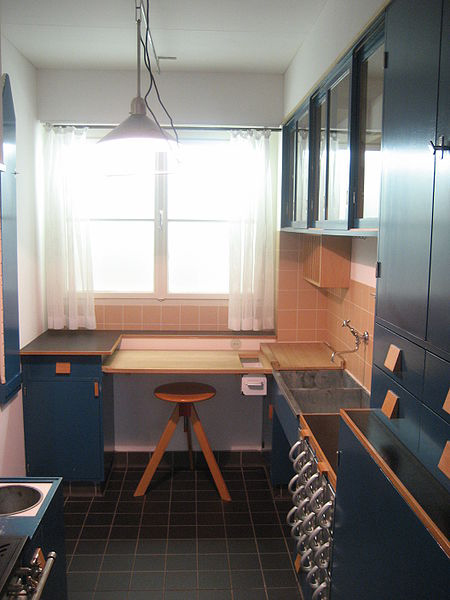
frankfurt kitchen reconstruction | 1990 | MAK vienna
Lihotsky apparently drew endless diagrams of how cooks move in a kitchen to understand how to maximize efficiency. The surfaces are at sitting height, so the cook didn't have to be on her feet the whole time.

frankfurt kitchen reconstruction | 2006 | v+a museum
Probably the biggest innovation was to take the dining table out of the kitchen. This simple galley working kitchen satisfied the modernists' concern with hygiene and made for a more efficient floorplan.
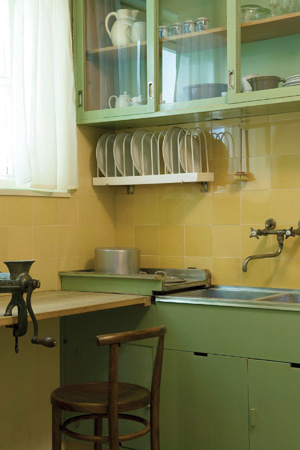
frankfurt kitchen reconstruction | 2006 | v+a museum
Not only was the layout of the kitchen innovative, but so was its construction and affordability. The cabinets were made without sides and backs to save cost, and special loans were made available to allow residents to buy a kitchen and pay it off with the monthly rent.

aluminum drawer detail
Over 10,000 versions of the frankfurt kitchen were installed within a four-year period. This small efficient kitchen became a standard in Europe throughout the 20th century.
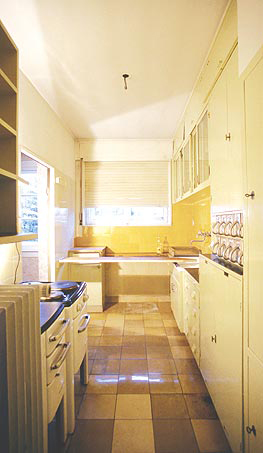
in situ prior to dismantle and reconstruction
[youtube=http://www.youtube.com/watch?v=cbV5tUWhpGg]
thanks patrick













